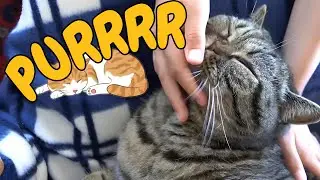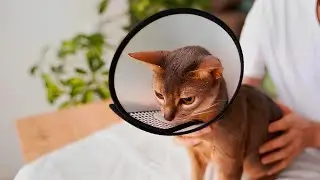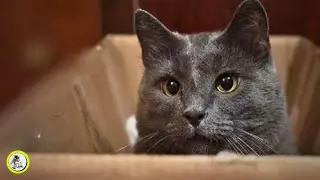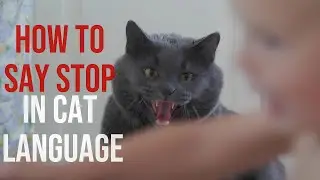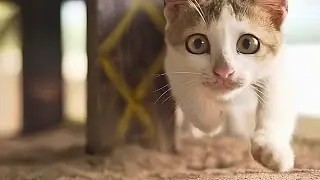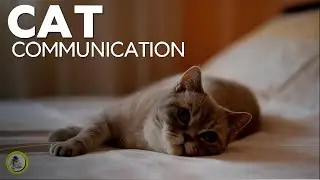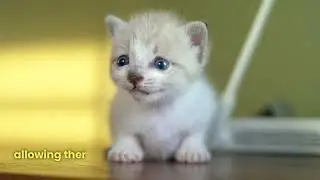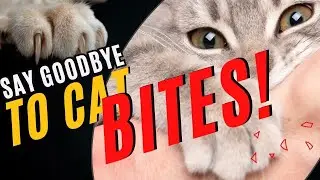How to Talk Cat With Body Language & Cues: Purrfect Communication / Cat World Academy
Understanding cat body language is crucial for cat owners to effectively communicate and care for their feline companions. Cats use a variety of cues to express themselves and their needs. From subtle shifts in posture to more obvious tail movements, each signal carries a specific message. For instance, a cat with flattened ears and a lowered body might be indicating fear or submission, while a cat with an upright tail and relaxed posture is likely feeling confident and content. By observing and interpreting these cues, owners can better understand their cat's emotions and respond appropriately.
Interacting with cats involves not only recognizing their body language but also responding in ways that respect their signals. When a cat flicks its tail rapidly or flattens its ears, it's best to give them space and avoid forcing interaction. On the other hand, when a cat approaches with a relaxed body and gently rubs against you, it's a sign of trust and affection, inviting gentle petting and attention. By learning to read and respect cat body language, owners can build stronger bonds with their pets and create a harmonious living environment for both feline and human members of the household.
Caring for your cat involves several key aspects to ensure their health and happiness. Regular grooming is essential, especially for long-furred breeds, to prevent matting and hairballs. Brushing your cat regularly not only keeps their coat smooth and shiny but also helps to reduce shedding and hairball formation. Additionally, trimming your cat's nails is important to prevent them from becoming too long and causing discomfort or injury. It's important to approach nail cutting with care, using proper techniques and tools to avoid accidentally harming your pet. Providing appropriate scratching posts can help fulfill your cat's natural urge to scratch while also protecting your furniture. Avoid resorting to declawing, as it can lead to long-term health issues and behavioral problems. Instead, focus on positive reinforcement and training techniques to encourage desired behaviors in your feline companion.
Understanding your cat's behavior is crucial in providing them with the best care possible. By observing their actions and reactions, you can better address their needs and preferences. Training your cat involves patience and consistency, using positive reinforcement methods to encourage good behavior. Whether it's litter training, teaching them to use scratching posts, or simply reinforcing boundaries, positive reinforcement can be highly effective. Additionally, creating a stimulating environment with toys and activities can help prevent boredom and behavioral issues. Building a strong bond with your cat through play and interaction can also contribute to their overall well-being. By investing time and effort into understanding and training your cat, you can foster a harmonious relationship and ensure a happy and fulfilling life for your feline friend.
** Channel Link ** / @catworldacademy
** Cat Behavor Playlist **
• Cat Behavior
** Cat Communication Playlist **
• Cat Communication
FOLLOW US ON
INSTAGRAM: / catcaretipsandhealth
TIKTOK: / catcaretipsandhealth
Understanding cat body language is essential for cat owners to decipher their feline companions' emotions and needs. Cats communicate through various cues, including their body posture, tail movements, and vocalizations. By observing subtle signals such as flattened ears indicating fear or twitching tails signaling agitation, owners can respond appropriately to their cats' feelings. Interacting with cats involves respecting their boundaries and responding to their cues with sensitivity. A deeper comprehension of cat body language enables owners to foster stronger bonds with their pets and provide better care, leading to a more harmonious relationship between humans and felines.
#CatCareTips #catbodylanguage #catcommunication #CatGrooming #CatScratching #CatTraining #CatBehavior #CatHealth

















